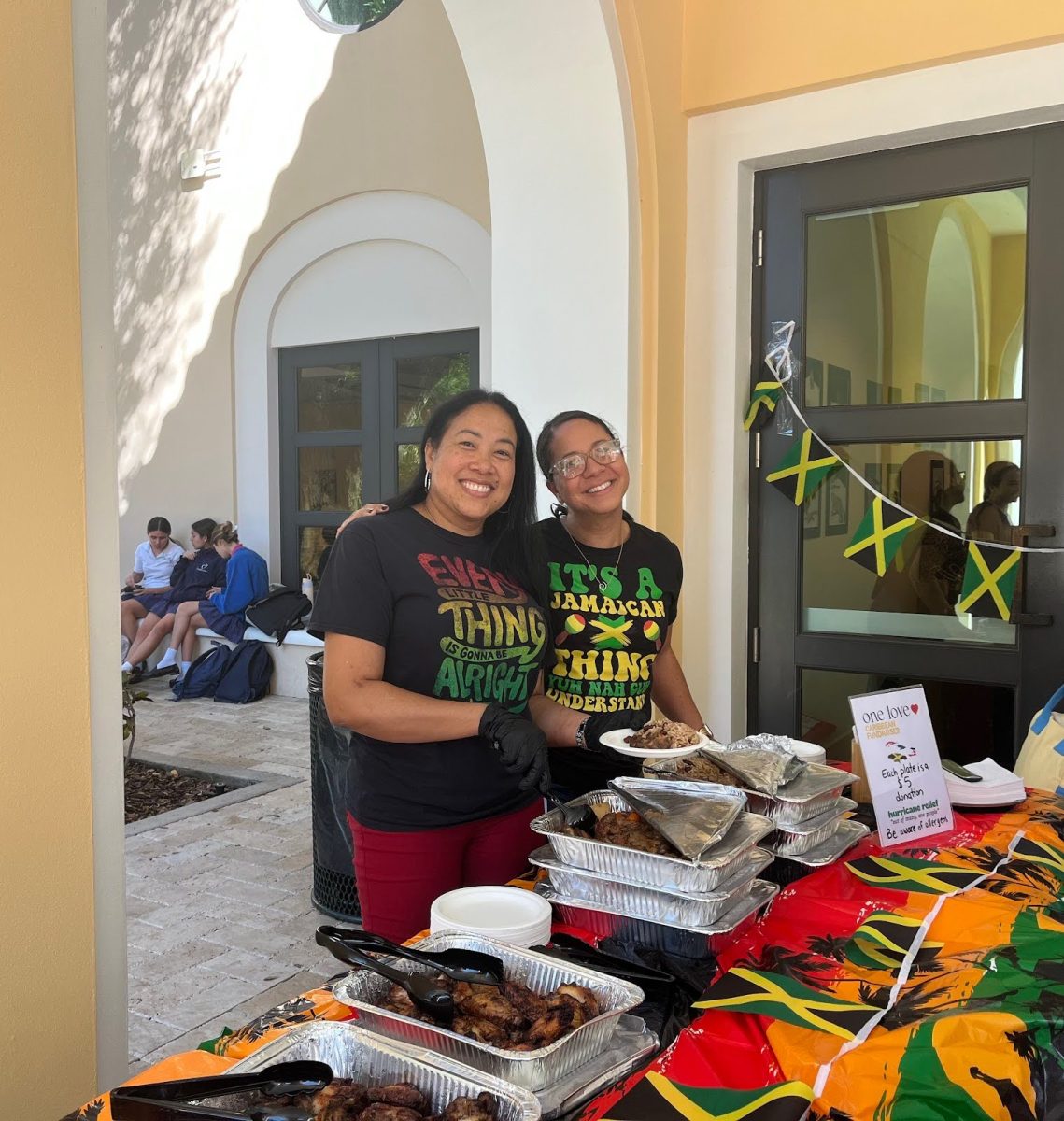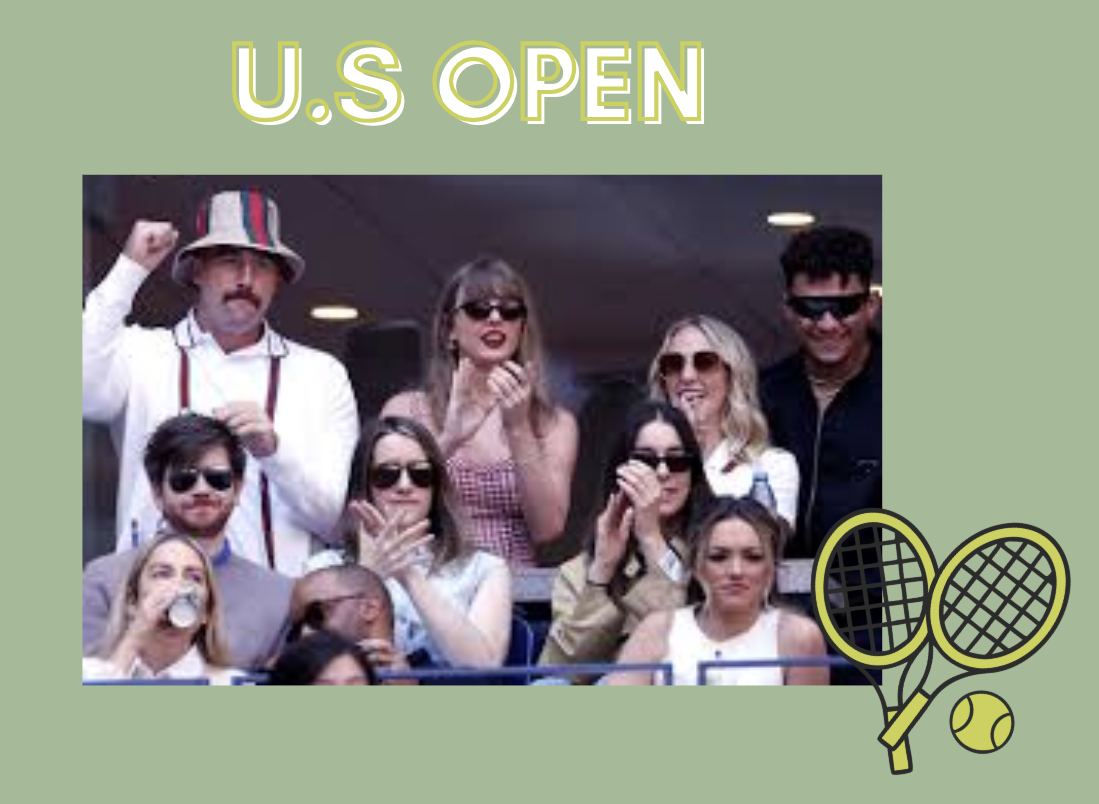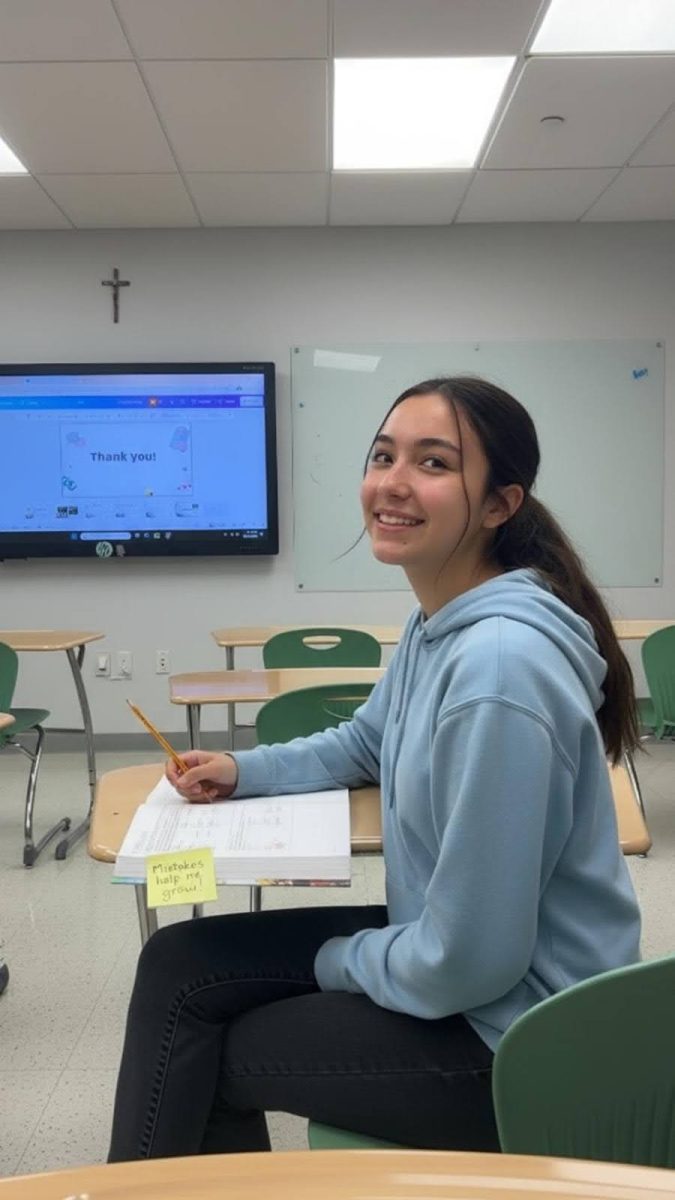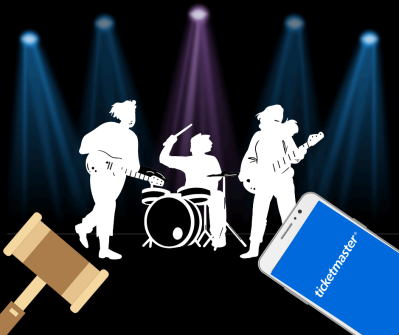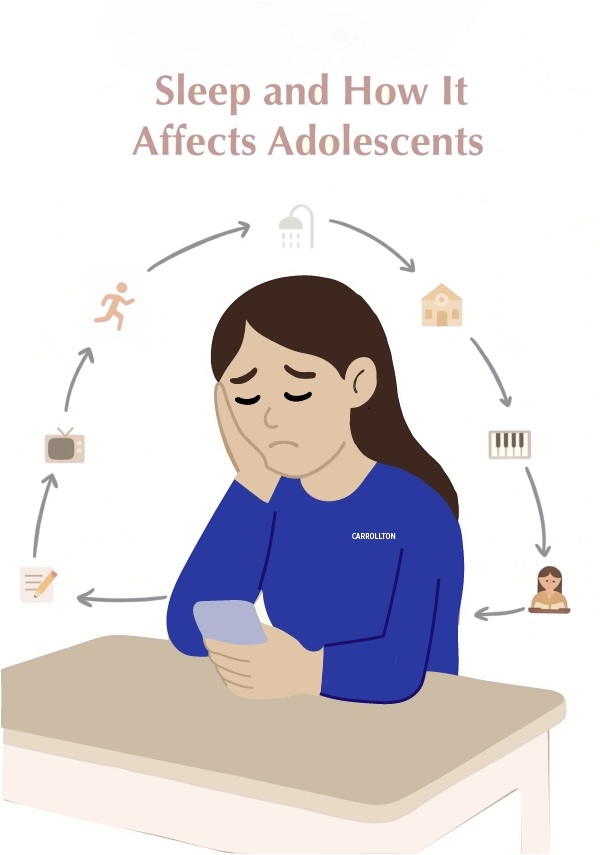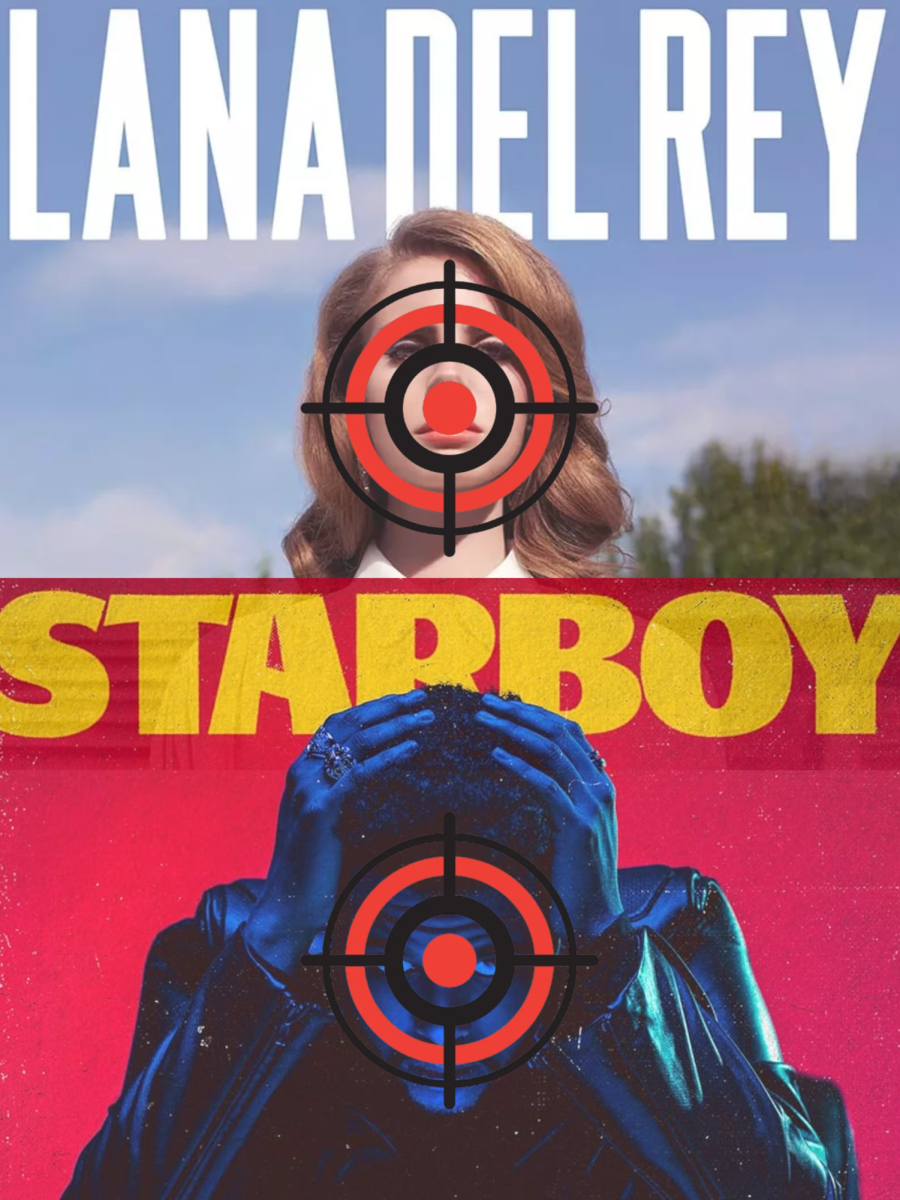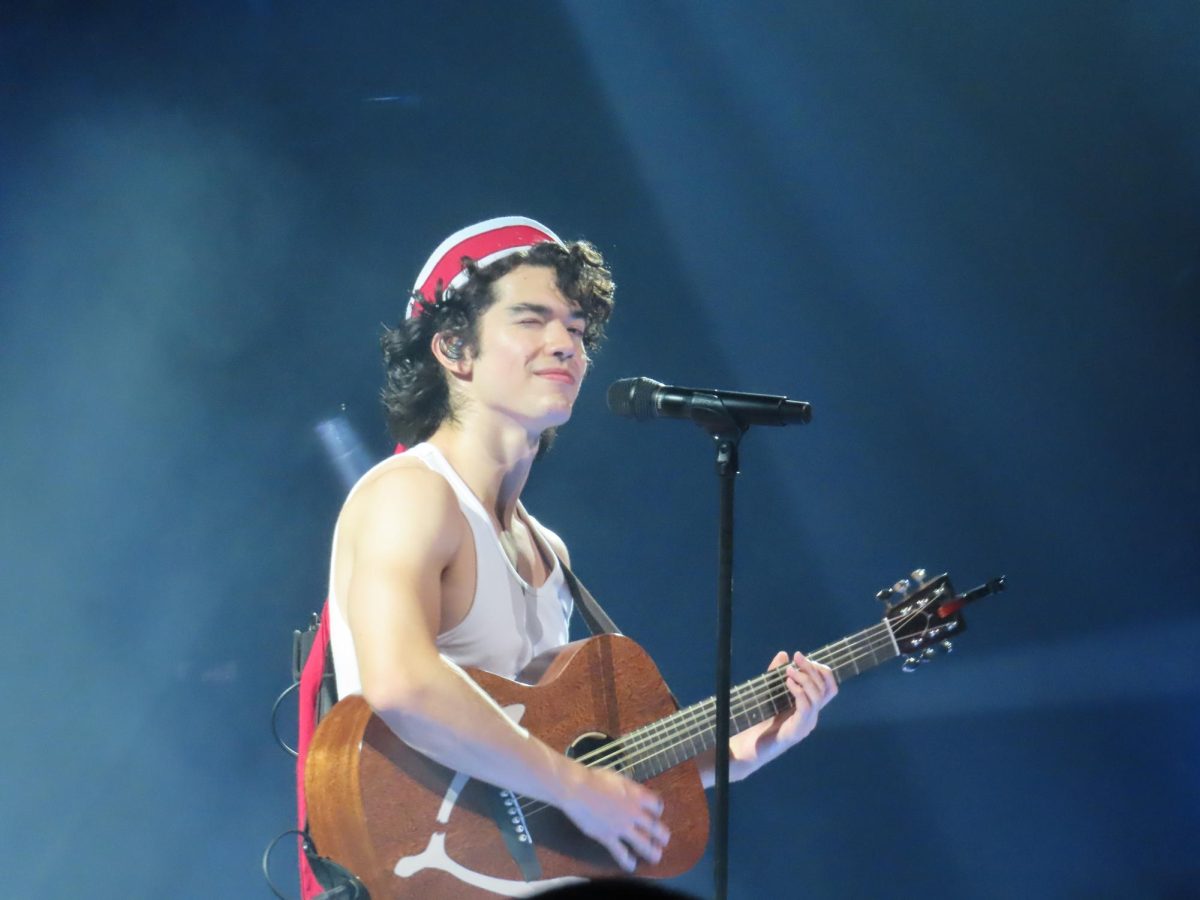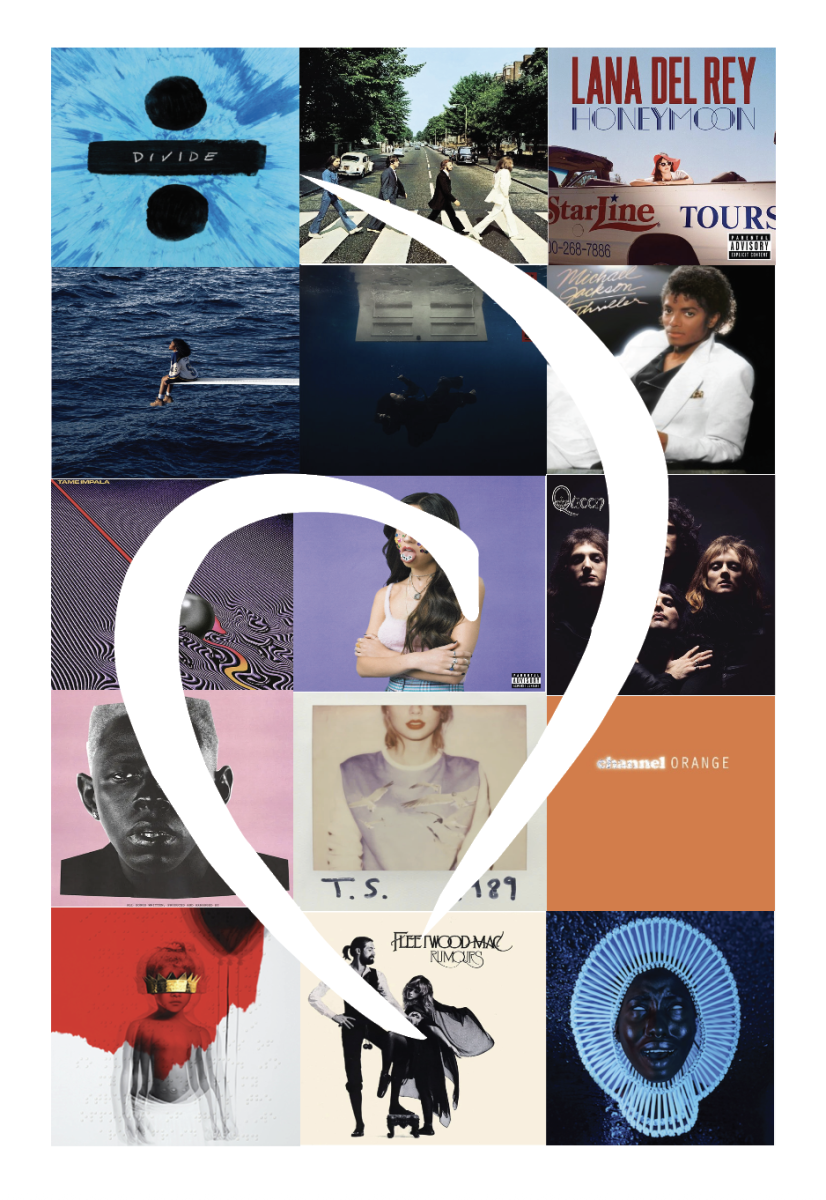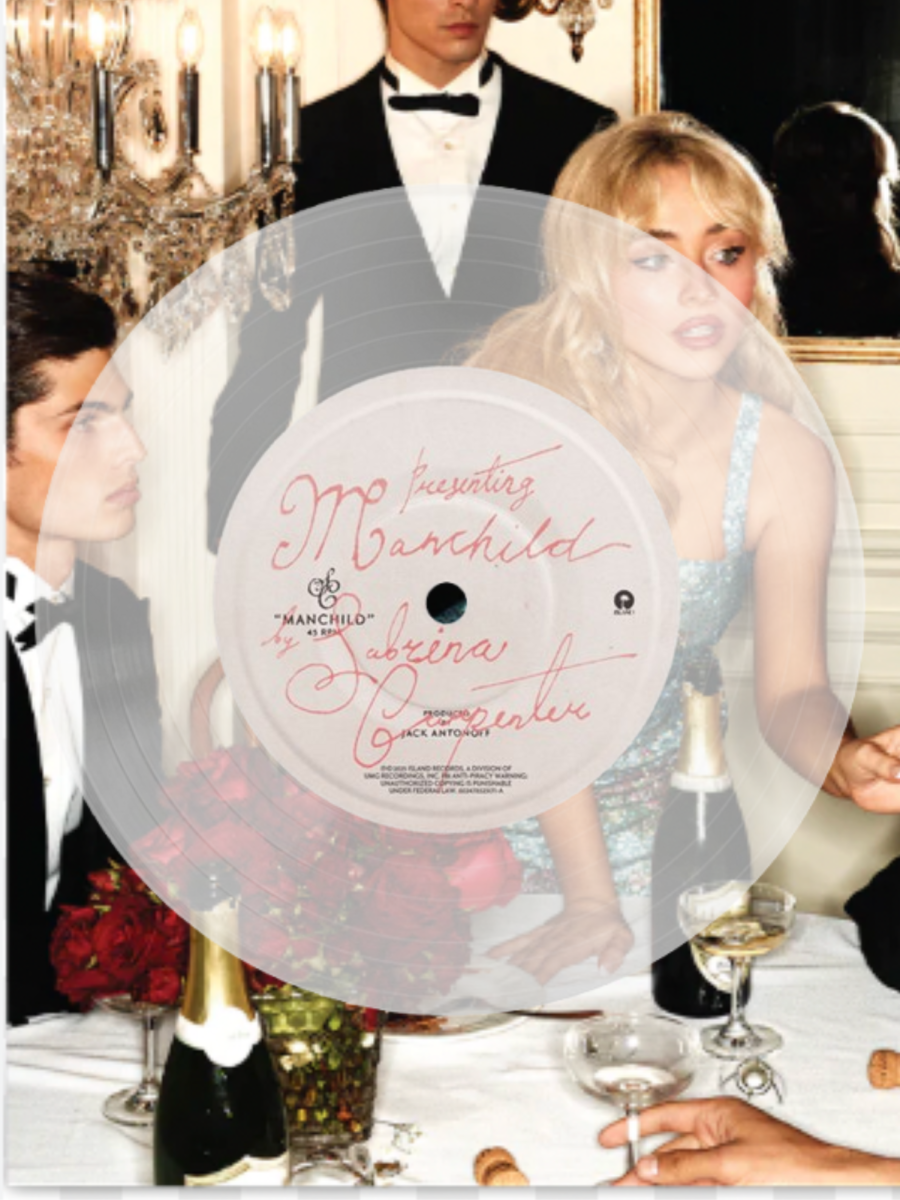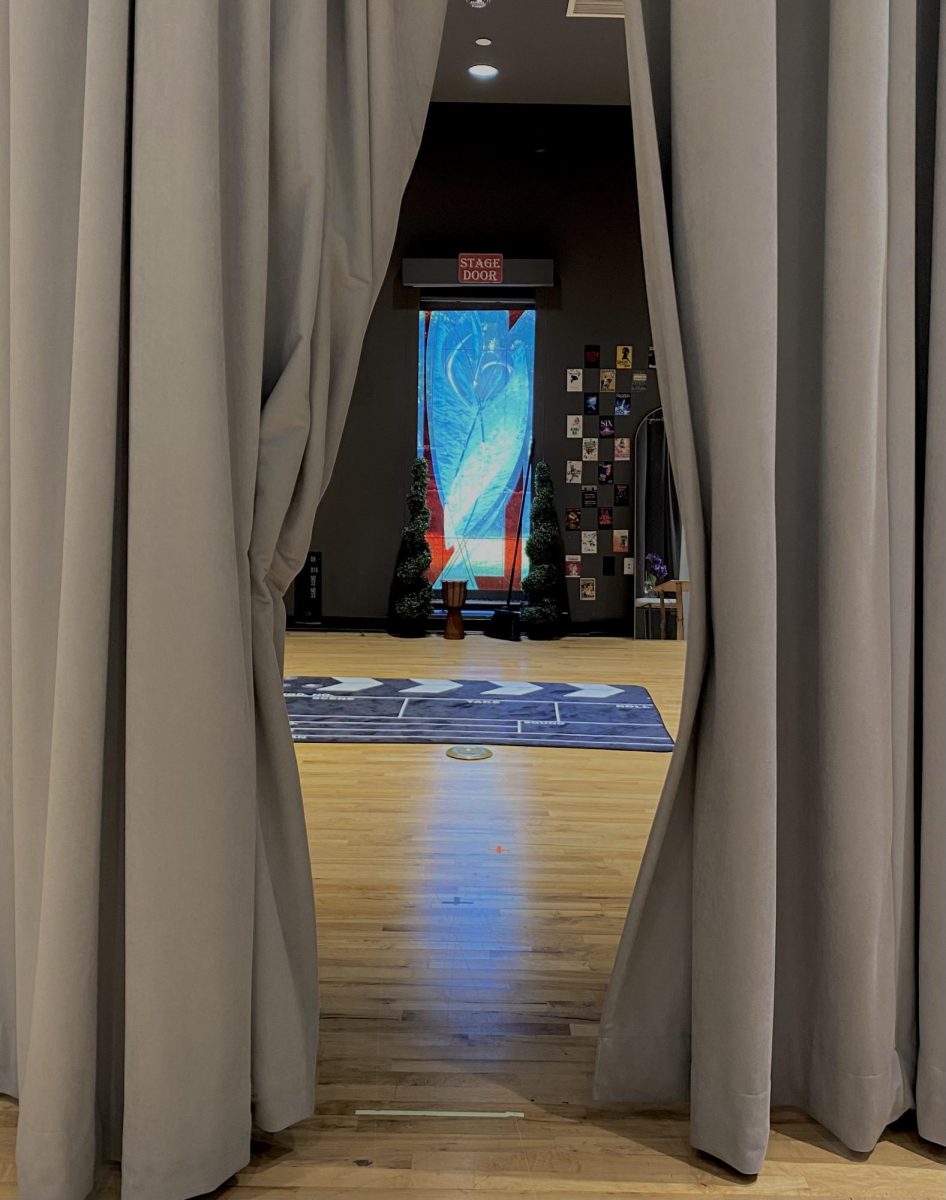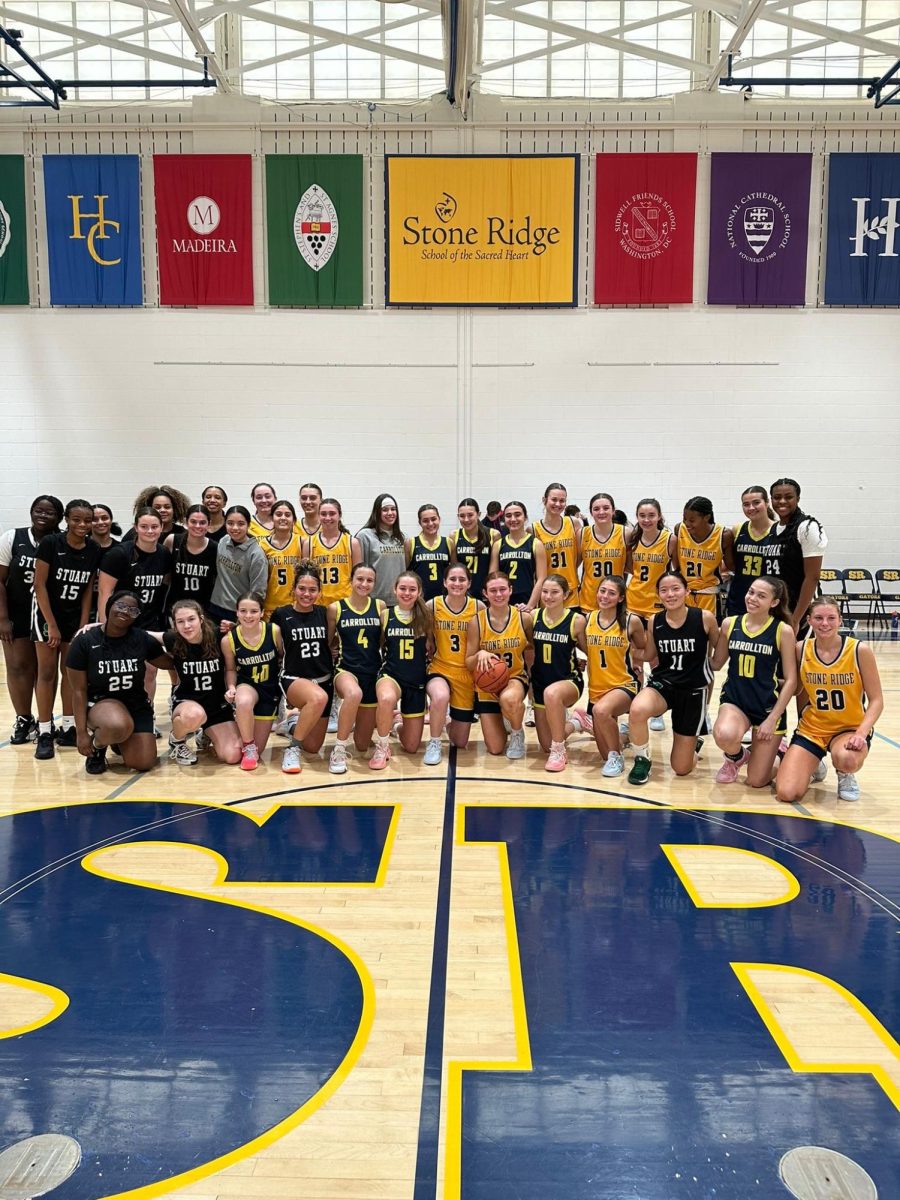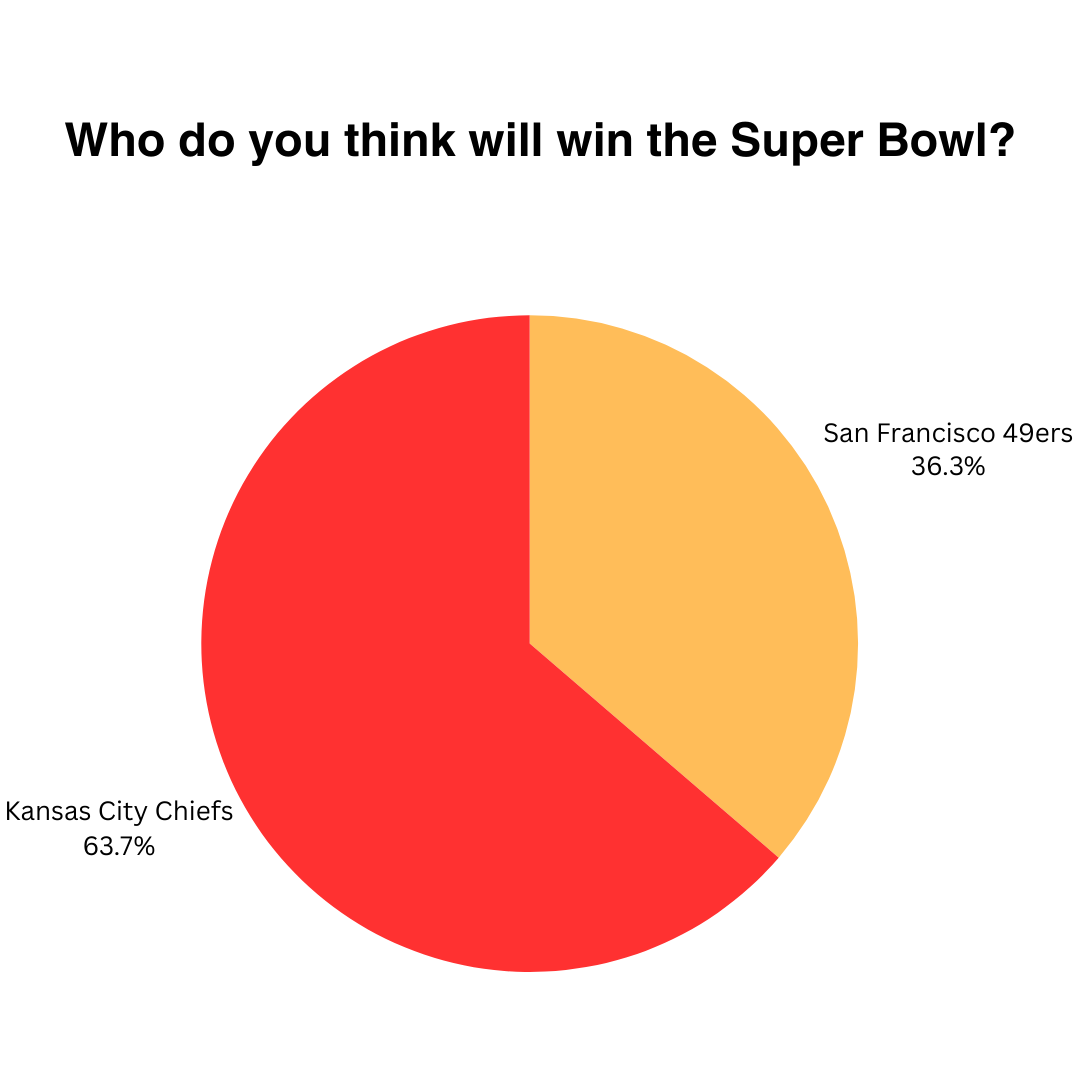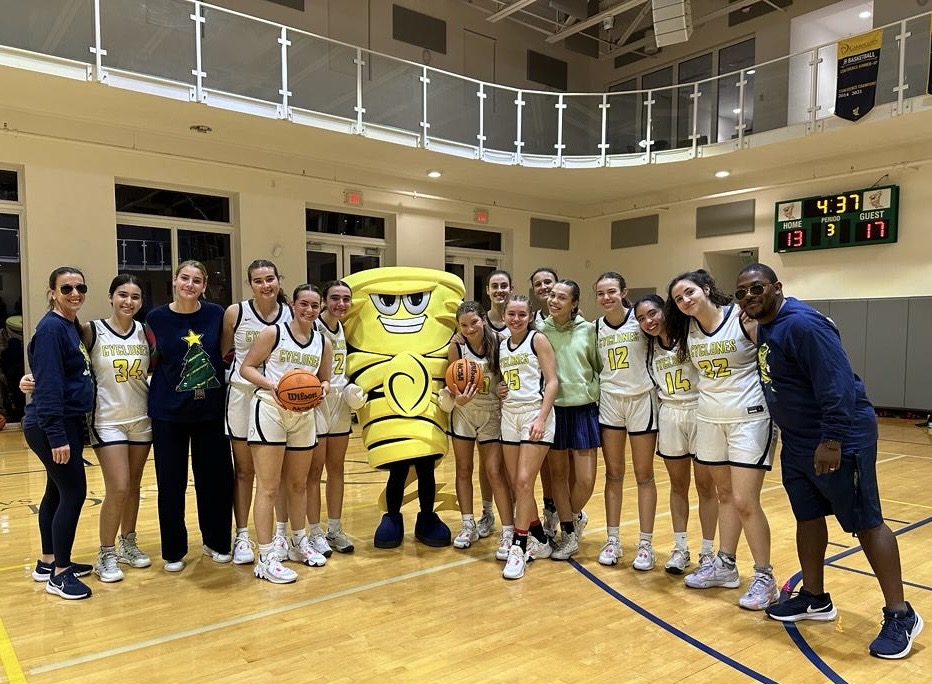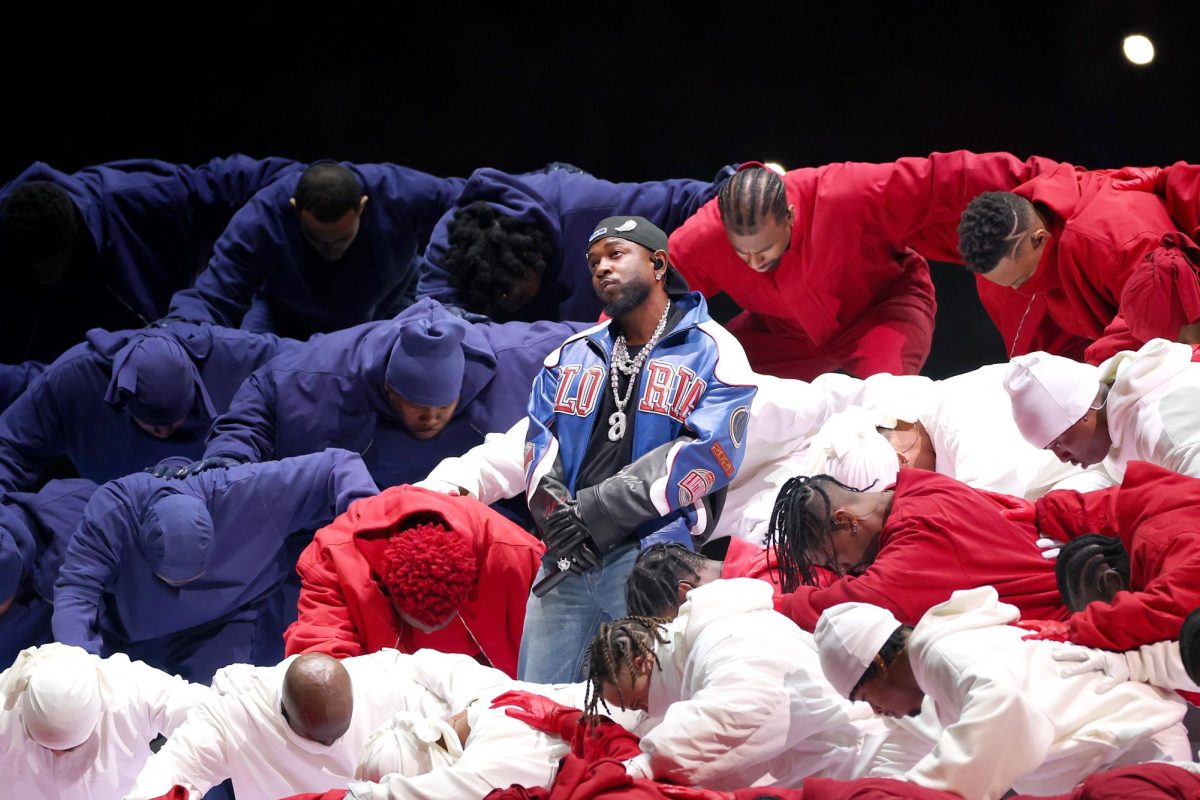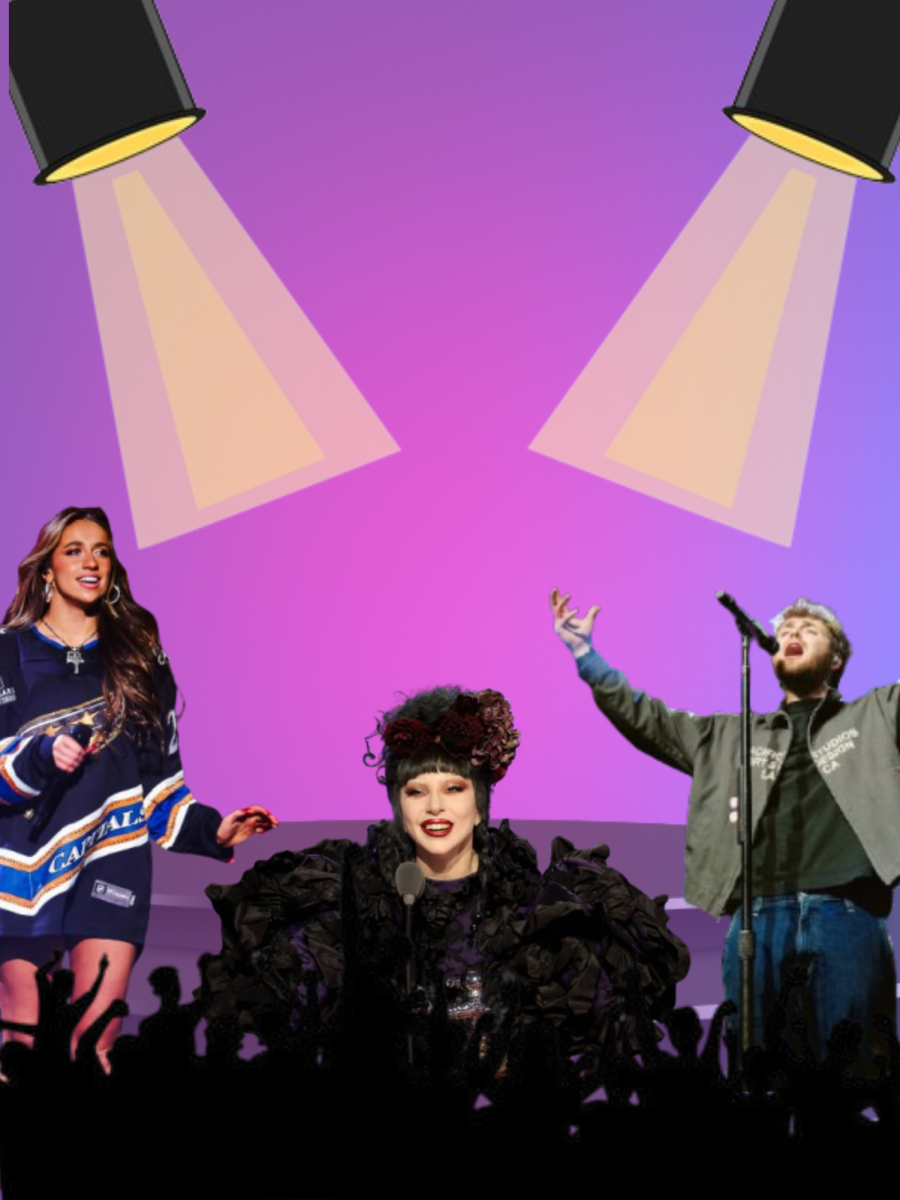Let’s be real: the Super Bowl halftime show is usually just flashy filler. You watch for the hits, maybe a surprise guest or two, and then you move on. But this year? Kendrick Lamar flipped the script. On February 9, over 133 million people tuned in, and while a lot of the post-show buzz zeroed in on his feud with Drake, that wasn’t what stuck with me. Because beneath the lights and spectacle, Lamar was saying something. And for those paying attention, it hit hard.
Right from the first track, you could tell wasn’t trying to please everyone. “You would not get the picture if I had to sit you for hours in front of the Louvre,” he rapped. Translation? “This is not for everyone. And that’s fine.” There was a quiet confidence in that line, almost like he was filtering out the noise. He knew exactly who he was talking to, and who he wasn’t.
The performance opened with this aerial shot: four shapes, a square, a triangle, a circle, and an X at each corner of the field. Some people saw a nod to Squid Game. Others thought of PlayStation buttons. Either way, the message landed: games. But not the fun kind. This was about the bigger game, what actor Samuel L. Jackson, dressed like a modern-day Uncle Sam, called “The Great American Game.” Lamar’s version? A ruthless system where Black artists, and Black folks more broadly, are expected to play along or get left behind. And when “GAME OVER” appeared in bold letters at the end, it felt less like an ending and more like Lamar pulling the plug.
There was this powerful visual during “HUMBLE”: Lamar in the middle of dancers forming an American flag, his body splitting the formation in two. It wasn’t subtle. That divide? It was America, fractured and tense, especially after the chaos of the last presidential election. And when he told folks to “sit down, be humble,” it wasn’t just a lyric. It was a message, aimed squarely at the folks in power. Maybe even the former president sitting in the audience.
Then came “Squabble Up,” and things got loud. Aggressive. Defiant. Lamar threw shots at fake rappers, at hollow industry politics, and Jackson’s Uncle Sam chimed in with that tired critique: “too loud, too reckless, too ghetto.” It’s what Black artists have been told forever: tone it down, play nice. Jackson’s character even echoed the role he played in Django Unchained–Stephen, the house slave. Whether that was intentional or not, the comparison was chilling. But Lamar didn’t flinch. He just kept performing, refusing to engage with the noise.
“All the Stars” brought a more polished moment, one that Jackson praised, but even that wasn’t just for show. It led straight into “Not Like Us,” and again, Jackson tried to rein Lamar in. But he was done playing nice. Over and over, Lamar ignored him, each silence louder than the last. That was the point: refusing to be controlled.
Before dropping the diss, Lamar hit us with two lines that felt like gut punches. “Forty acres and a mule, this is bigger than the music.” That phrase? It goes back to a broken promise made to freed slaves after the Civil War. A promise never kept. And then: “They tried to rig the game but you can’t fake influence.” It was bold, layered, and painfully relevant.
And then there was Serena. The camera panned to her during the chorus, crip walking in heels like it was nobody’s business. For years, she’s been criticized for doing that same dance: too “ghetto,” too “inappropriate.” But here, it was joy. It was defiance. It was Compton, unapologetically. Both Serena and Lamar come from that soil, and this was their way of claiming it.
The show closed with “TV Off.” Lamar repeated the phrase, “turn the TV off,” clicking an imaginary remote toward the camera. At first, it seemed symbolic. But the more I sat with it, the more I realized he was asking us to unplug from distractions, from noise, from the games we’ve all been roped into.
But here’s the thing. For a lot of people, the show ended with that imaginary click. They saw the lights go down, maybe talked about the Drake drama, and moved on. Not me. I kept thinking about it. Rewatching. Reading. Picking apart lyrics and visuals and all the little moments in between. The more I did, the clearer it became: Lamar wasn’t just performing. He was putting the whole system on blast.
It really was bigger than the music.


